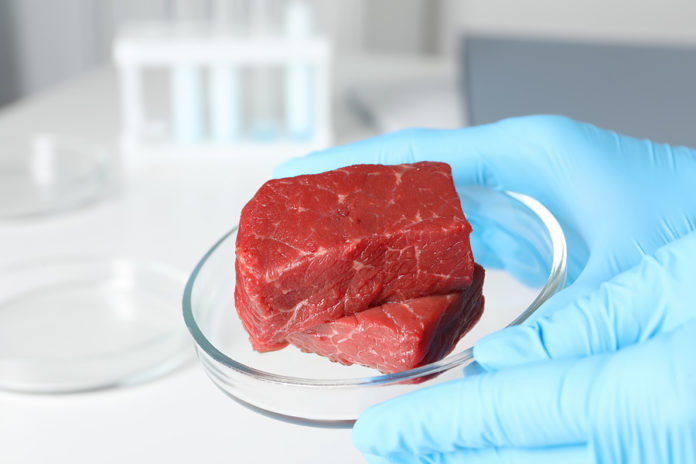
While the plant-based meat industry may be in something of a holding pattern, cultivated meat companies are running full steam ahead. Singapore is currently the only country where cultivated meat is available on the market, but several other countries are moving toward that goal.
In November 2022, the FDA completed its first pre-market consultation for human food made using animal cell culture technology. The agency evaluated information from UPSIDE Foods, which hopes to launch its cultivated chicken in the U.S. There are several steps still to go – including facility registration, food safety planning, and USDA inspection – but the foundation has been laid.
Last month, the Good Food Institute hosted a webinar about what it will take to bring cultivated meat to market in the U.S. Their experts provided an overview of the science of cultivated meat, the regulatory picture, and current consumer research.
Key takeaways: Regulatory
- The FDA and USDA have a joint regulatory framework for cultivated meat. The FDA oversees all operations up to the point of harvesting (cell cultivation, banking, etc.), while for most animals except fish (other than catfish), the USDA oversees operations from the point of harvesting through to market (processing, packaging, and labeling).
- The regulatory process starts with a pre-market consultation, where the FDA evaluates the production process and the material produced. This infographic reviews what the FDA reviewed during the UPSIDE Foods pre-market consultation.
- In general, cultivated meat companies need to meet the same regulatory requirements as traditional meat companies, with the exception of those related to slaughter.
- The FDA and USDA are jointly developing labeling rules. These rules may be out this year, but companies don’t have to wait – until the rules are available, labels will be approved on a case-by-case basis.
For more information, visit the FDA website: Human Food Made with Cultured Animal Cells.
Key takeaways: Consumer insights
- Cultivated is the preferred term to describe products made from animal cell cultures.
- Consumers are concerned about the cost of cultivated meat, as well as any unknown risks. Support for the products increases when consumers understand the technology. Younger consumers are most likely to say the products are appealing.
- Sensory characteristics (how it looks, cooks, and tastes) are the most important properties.
- Health-focused messaging (e.g., no additives, steroids, or antibiotics) is most impactful.
For more information, watch the full webinar on YouTube.






